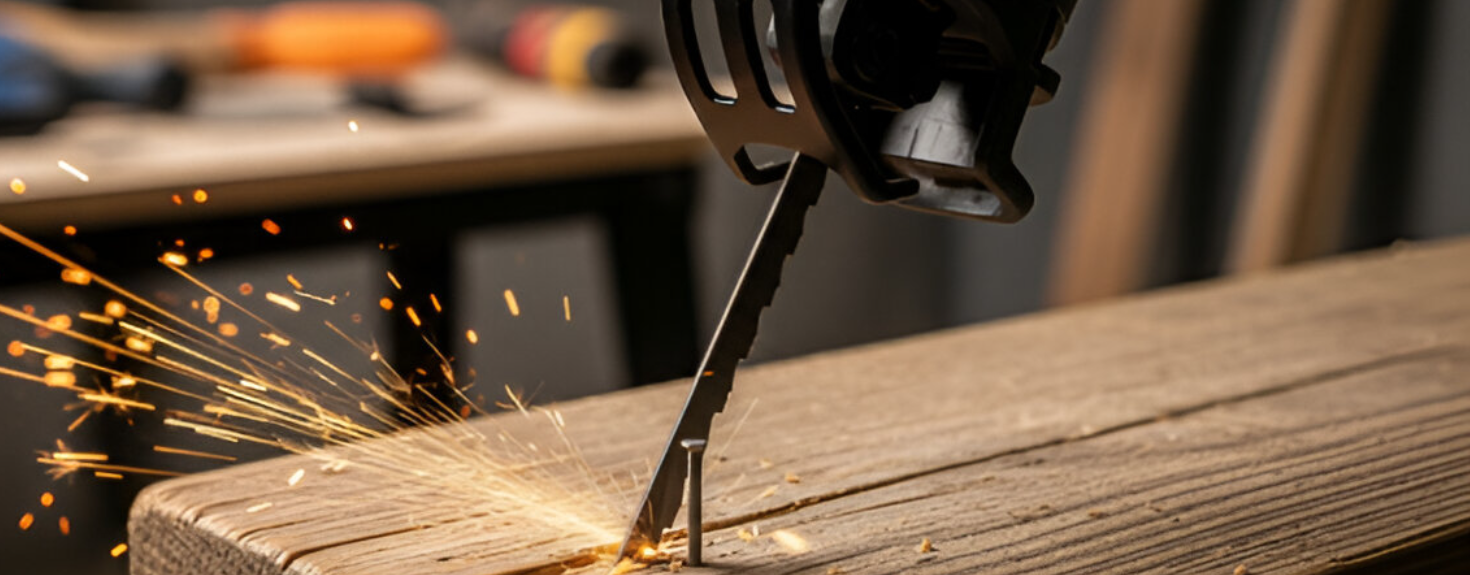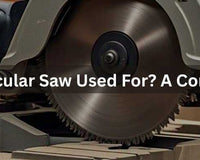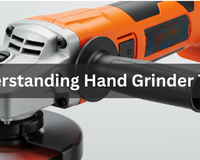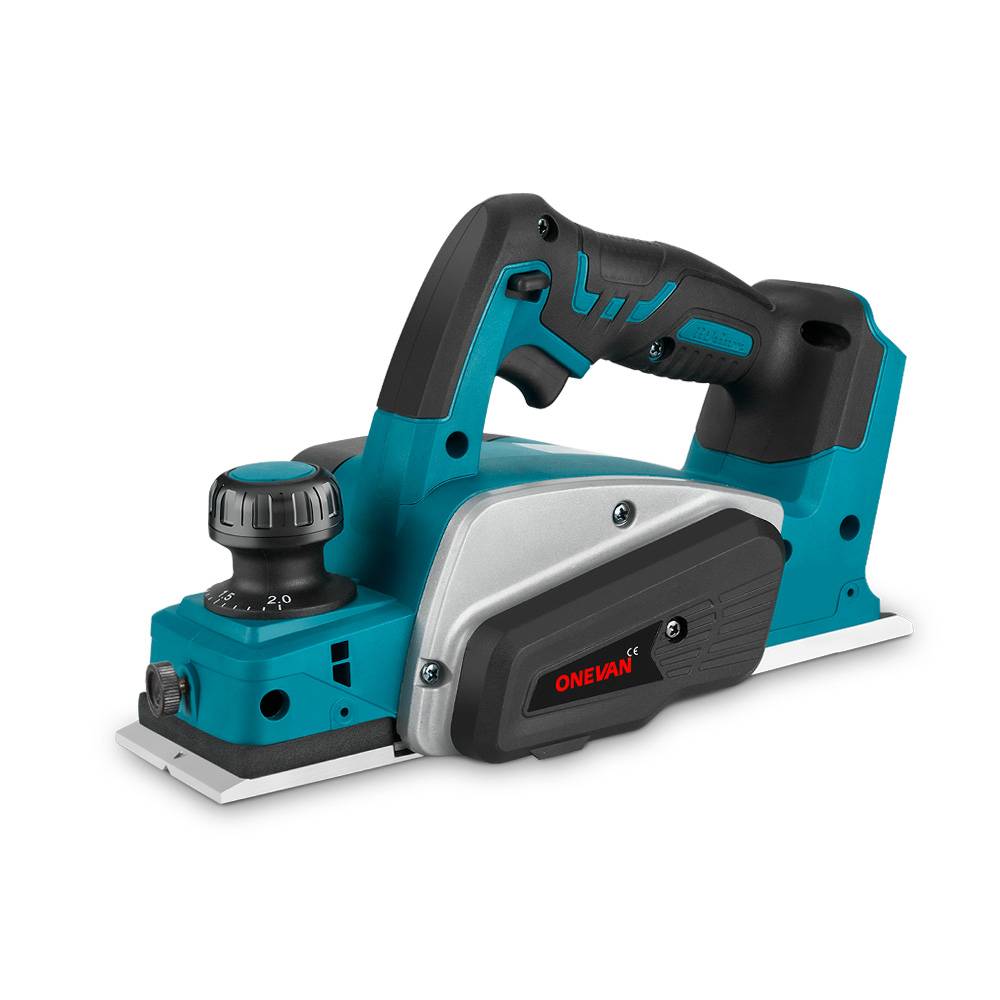The global market for reciprocating saw blades is expected to reach USD 2.3 billion by 2032. This number shows that most professionals prefer the reciprocating saw for their projects over other saws in the market. The reason is obvious: a reciprocating saw is a versatile cutting instrument. Whether you are a DIYer, plumber, carpenter, or any other professional, a reciprocating saw is your go-to cutting tool.
But a question is frequently asked, “Are reciprocating saw blades universal?”. So the answer is, that not all reciprocating saw blades are universal. While many reciprocating saws use a universal shank type, not all blades are compatible across different brands and models due to variations in design and specifications. To understand it completely, let's dive into it.
1. What Are Reciprocating Saw Blades
Before using any instrument, we must know about its basic part and their importance. The blade in the reciprocating saw is like a backbone; without its proper selection, you cannot work in a better way. You must know the specific type and use of a particular blade. They are categorized based on TPI (Teeth per Inch), blade material, and blade type. Here are some of the reciprocating saw blades and their qualities that you can choose for a specific purpose.
2. Types of Reciprocating Saw Blades
1. Wood Blades
These blades typically range from 5-10 TPI and are widely used for cutting various types of wood. You can easily cut down small or large tree branches in a very efficient way. For wood cutting, blades typically have a lower TPI, generally ranging from 5-10, as this range allows for efficient cutting without clogging.
2. Metal Blades
For metals, you need a blade with a high TPI range of 10-18. Since metals are more difficult to cut than wood, a metal blade with an accurate TPI will make your work easier. You can also use metal blades for finish cuts in wood, as they can make a very smooth edge.
3. Demolition Blades
In demolition tasks, you encounter a wide range of materials, from metals to wood with nails, so a demolition blade is specifically designed for this purpose. Usually, demolition blades come in a TPI range of 6-11, which works bell for heavy-duty materials as well.
4. Specialty Blades
As the name suggests, these are a special type of blades that are designed for those materials where ordinary metal or wood blades can’t perform well. Specialty blades have specific tooth designs tailored for specialized materials and conditions, such as cutting through composites or thick metals. The TPI for specialty blades can vary greatly depending on the specific application.
5. Pruning Blades
These blades are specifically designed to cut tree branches. They come with a TPI range of 3-5. These are usually in a curved shape to prevent bending while cutting thick branches. This blade will be your partner for almost all the cutting tasks in your garden.
3. Types of Reciprocating Saw Blade Shank Designs
The shank of a blade is the part that connects it to the reciprocating saw. The compatibility of your reciprocating saw depends on the shank type. Nowadays, the universal shank size is ½ inch, which is used by almost all of the blades. Here are some common shank designs.
1. SDS (Slotted Drive System)
The Slotted Drive Systems blades feature slots that facilitate easy insertion into the reciprocating saw chuck. With this shank type, you can change your blade very quickly. Nowadays, the SDS shank type is rarely used by different brands.
2. T-Shank
T-Shank is the most commonly used shank type. It has T-shaped ridges that can easily fit in your reciprocating saw. Most of the professionals prefer this shank type. If you have a T-shank blade, you have a universal shank type.
3. U-Shank
It has a U-shaped cutout at the blade end. This shank type is also considered universal because many professionals use it. While the U-shank design allows for compatibility with certain saws, it has limitations and may not fit all reciprocating saws, potentially requiring additional tools for secure attachment.
4. Bayonet Shank
It is a straight-shank with a notch that resembles the shape of a bayonet-style fitting system. This shank type is usually used for light cutting work.
4. Differences in Reciprocating Saw Blades Tooth Design
Reciprocating saw blades come with a variety of tooth designs. Each one is specified for a particular function. Here are some of the qualities of reciprocating saw tooth designs to understand which one will work best for you.
1. Tooth Shape
Flat Tooth Design
These are uniform and straight. You can use it for thin metals where you need a smooth design.
Aggressive Tooth Design
These tooth designs are usually larger and deeper. You can use them for fast and tough cuts during demolition and pruning projects.
2. Tooth Count
Low Tooth Count (3 to 5 teeth per inch)
These blades have a few large teeth per inch and are used for wood and other soft cuttings. The reason for its specialty is that it prevents clogging while cutting soft materials.
High Tooth Count (10+ teeth per inch)
It means a blade having too many small teeth per inch. These are specialized for cutting metals where you need fine cuts.
3. Tooth Geometry
Raker Teeth
It means there is one tooth on the left side, one on the right, and one straight. These are commonly used for general cutting purposes and provide balanced cuts.
Skip Tooth Design
This tooth design features even gaps and is equally spaced apart. You can use it for cutting soft wood and other soft materials.
Hook Tooth Design
In this pattern, the teeth are angled forward and have a hook-like shape. This design makes them very sharp for cutting aggressive materials like thick wood or plastic.
Variable Pitch Teeth
As the name suggests, it has a variable TPI along the blade. Due to its variable nature, it doesn't resist your materials as you move along. These are best for demolition purposes.
Bi-Metal Teeth
Bi-metal blades are constructed from two types of materials, high-speed steel and high-carbon steel, making them more durable and effective for cutting a variety of materials.
How Reciprocating Saw Blades Affect Compatibility and Universality
There are numerous brands of reciprocating saws on the market, and each tries to outdo the others. So this makes the reciprocating saw blade compatible. Some blades may fit into your reciprocating saw, and some will not, depending on their structure. So there are so many qualities of a blade, like its TPI, blade material, size of teeth, clamp of the reciprocating saw, and even the blade itself, which depend on the compatibility and universality.
5. Are Reciprocating Saw Blades Universal with Other Tools?
1. Jigsaw
Reciprocating saw blades are not interchangeable with jigsaw blades. Although both the reciprocating saw and jigsaw use the mechanism of reciprocation their blade type and mounting systems are different from each other. But jigsaws typically use T-shank or U-shank blades, while reciprocating saws utilize their own specific blade types designed to fit their chuck systems, making them incompatible with jigsaw blades.
2. Band Saw
Band saw blades are not compatible with reciprocating saw blades. As a band saw moves in a simple circular motion, while the reciprocating saw moves back and forth, they both need a specific blade type according to their movement. Moreover, the band saw is designed for in-depth cuts, while the reciprocating saw is not designed for such cuts.
3. Oscillating Multi-Tools
Oscillating multi-tools use a side-to-side motion for cutting, while the reciprocating saw uses a back-and-forth movement. Moreover, the former uses a blade type for precise cuts, while the latter uses a blade type for rough cuts, such as demolition purposes. So it's clear that neither of the saw blades is compatible with the other.
4. Reciprocating Hand Saws
As the name suggests, both the reciprocating hand saw and the reciprocating saw use the same cutting technique, so the blades will be compatible. For reciprocation purposes, usually the same blade type is used, so you can use its blade in exchange with a reciprocating saw for your cutting purposes.
6. Are Different Types of Reciprocating Saw Blades Universal?
Reciprocating saw blades are not fully universal, but due to the universal shank, you can swap your blade for different cutting tasks. Moreover, universal does not mean that one blade will work all the cutting jobs. You need different types of blades for different materials, such as wood blades, metal blades, carbide blades, and pruning blades.
Understanding Corded Reciprocating Saw Blades
Features and Design:
A corded reciprocating saw operates on a continuous power supply, enabling it to cut through heavy-duty materials. The direct power supply generates sufficient cutting power, necessitating a thicker blade type that is less prone to breakage. Corded reciprocating saw blades can vary in TPI depending on their intended use, with some heavy-duty blades designed for specific applications featuring TPI ranges typically between 10 and 14. And also, they are heat-resistant because corded reciprocating saws produce more heat while working.
Blade Types:
- Demolition blades
- Heavy-duty metal blades
- Pruning blades
- Masonry blades
Overview of Cordless Reciprocating Saw Blades
Features and Design:
Cordless reciprocating saws generally operate on battery power, which may require the use of blades with a TPI range of 6-10, particularly for lighter cutting tasks; however, higher TPI blades may also be used depending on the specific application. As it is very easy to handle a reciprocating saw, it's perfect for DIYers and homeowners for small tasks. These blades are designed for maneuverability, allowing cordless reciprocating saws to easily access tight or awkward spaces during cutting tasks.
Blade Types:
- Bi-metal blades
- Compact blades
- Variable pitch blades
- Specialty lightweight blades
Key Differences Between Corded and Cordless Blades
Power and Performance:
As the corded reciprocating uses a high-power supply, it gives heavy-duty cuts, such as in demolition areas, and for cutting heavy-duty metals, etc. Their blades can work best on a high-power supply without being demolded. And if we talk about cordless reciprocating saw, it use less power and can cut down on the time it takes to complete tasks.
Use Cases:
Corded:
- Demolition work
- Thick metal pipes
- Construction sites
- Remolding projects
Cordless:
- Pruning trees
- Light and thin metals
- DIY
- PVC pipes
7. Are Different Sizes of Reciprocating Saw Blades Universal?
Understanding Reciprocating Saw Blade Sizes
Although reciprocating saws aren’t completely universal but they have a standard shank size. It comes in various sizes. A reciprocating saw usually gives specific cut types, so we can easily determine the size of the blade via cuts. Shorter blades, typically around 3-6 inches, are ideal for cutting in tight spaces, while longer blades, ranging from 10-12 inches, provide deeper cuts for larger materials. This is the best way to determine the size.
Common Blade Sizes:
3-6 inches: It is best for cutting materials in tight spaces.
7-9 inches: Can be used for construction and demolition works.
10-12 inches: these are used for heavy-duty cutting tasks
Compatibility of Different Blade Sizes
Many reciprocating saws feature a universal shank design that allows for compatibility with various blade sizes. While working on a project, you can easily switch between different blade sizes depending on the type of material you are cutting. Like, you can use a large-size blade for heavy cutting tasks, and when you encounter a tight space with a thin area, you can easily switch to a small-size reciprocating blade.
8. Conclusion
A reciprocating saw is one of the most commonly used saws in the world. It can be used for a variety of cutting tasks due to its universal blade shank. But the universality of a blade isn’t completely dependent on shank size only. You must consider other factors, such as blade type, size, and the type of material you have to cut.
Before purchasing any reciprocating saw blade, you must be aware of the qualities of your saw. This will save your time and hustle when cutting tasks. If you’re stressing about finding the right brand for your reciprocating saw blade, I have good news for you. ONEVAN power tools has launched a variety of reciprocating saw blades that you can easily use for your cutting tasks. Now you can easily buy the desired blade for your projects and work without being stressed.
9. FAQs
What is the most common type of reciprocating saw blade?
Bi-metal blades are the most common type of reciprocating saw blade. They can be used in a variety of different cutting tasks.
Can I use a jigsaw blade in a reciprocating saw?
No, you cannot use a jigsaw blade in a reciprocating saw because they both work on different principles, and therefore, they need different blade sizes.
How do I know if a blade is compatible with my saw?
To check a blade’s compatibility, you should check the shank type. Usually a reciprocating saw comes with a shank size of ½, so you can check your blade’s shank to analyze whether it's compatible or not.









